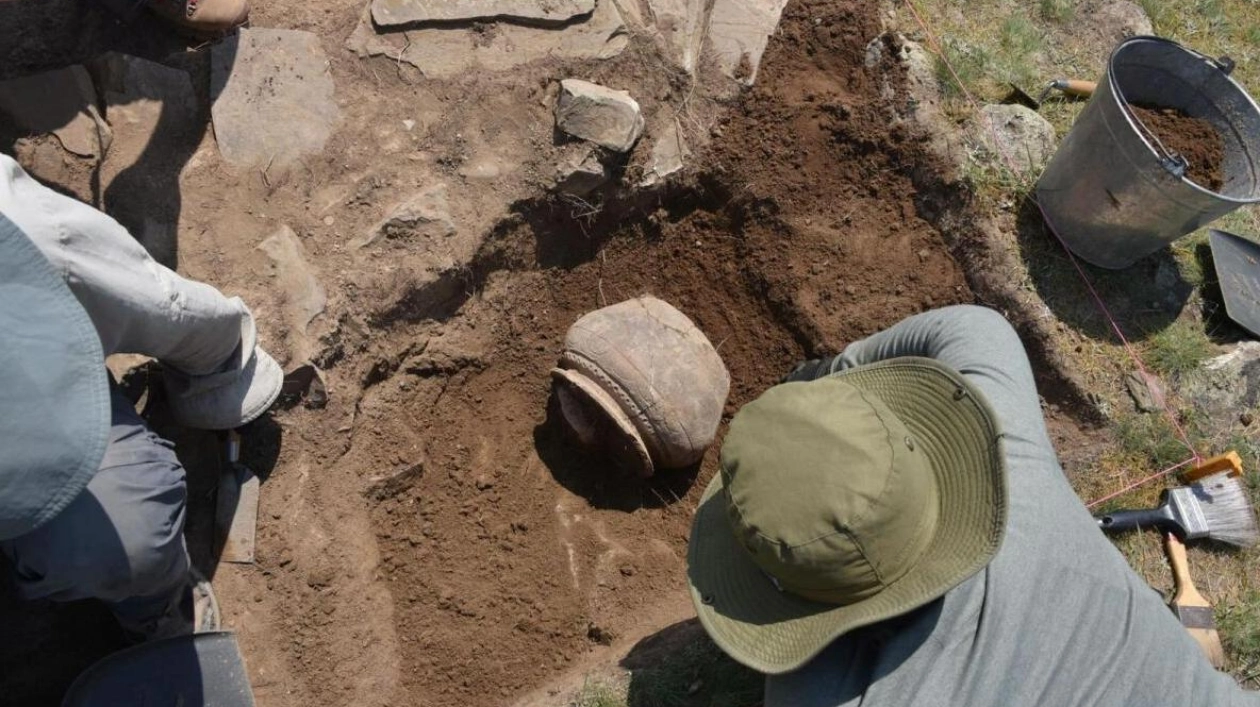In the mountains of southeastern Uzbekistan, researchers are unearthing medieval pottery at the newly rediscovered Silk Road city of Tugunbulak. This excavation is part of a broader effort to uncover two lost cities that flourished along the Silk Road from the 6th to 11th centuries AD, using laser-based remote-sensing technology. These fortified highland cities, located about 5 km apart at elevations ranging from 2,000 to 2,200 meters, are among the largest known in the mountainous sections of the Silk Road, a vast network of overland trade routes connecting Europe and the Middle East to East Asia.
The larger of the two cities, Tugunbulak, spanned approximately 300 acres and likely housed tens of thousands of people. It was one of the largest cities in Central Asia during its time, rivaling the renowned trade hub of Samarkand, which is about 70 miles away. Tugunbulak existed from around 550 to 1000 AD and was significantly larger and more complex than other highland settlements documented in Central Asia.
The smaller city, Tashbulak, was only a tenth the size of Tugunbulak, with a population in the thousands, and thrived from around 730-750 to 1030-1050 AD. Both cities were founded in early medieval times in what is now southeastern Uzbekistan and were eventually abandoned and forgotten until recent archaeological discoveries.
Archaeologists used drone-based lidar remote scanning to map the scale and layout of the sites, revealing numerous structures, plazas, fortifications, roads, and habitations. Preliminary excavation at one of Tugunbulak's fortified buildings uncovered kilns and furnaces, suggesting it was a factory where metalsmiths processed local iron ore into steel. The researchers are currently analyzing slag to confirm steel production at the site, which was known for its steel industry in the 9th and 10th centuries.
Tashbulak, on the other hand, lacked the industrial scale of Tugunbulak but featured a large cemetery reflecting the early spread of Islam in the region. The cemetery's 400 graves, including some of the oldest Muslim burials documented in the area, suggest an ideologically significant presence.
The Silk Road facilitated economic, cultural, religious, and political exchanges between East and West, connecting cosmopolitan cities like Xi'an in China to destinations such as Constantinople and Baghdad. Tugunbulak and Tashbulak are particularly notable for their high altitude, comparable to the later Inca citadel of Machu Picchu in Peru. This study highlights the existence of large, fortified, and planned cities at high elevations, a rare and exceptional occurrence in ancient times.
Source link: https://www.khaleejtimes.com






